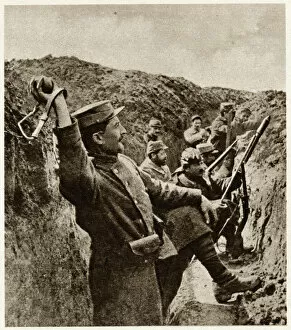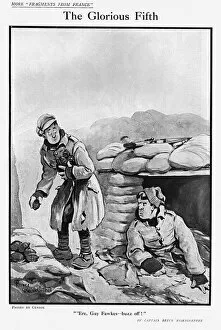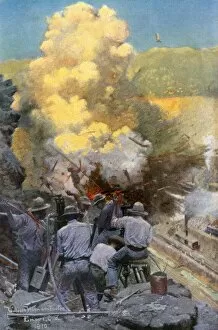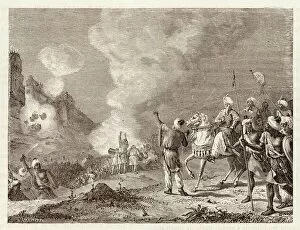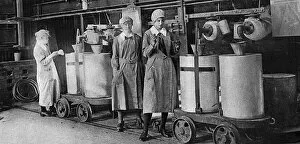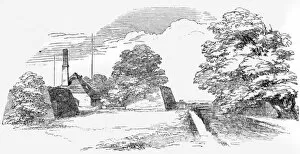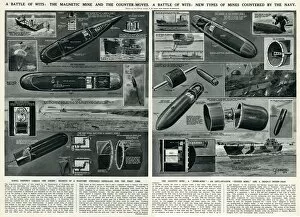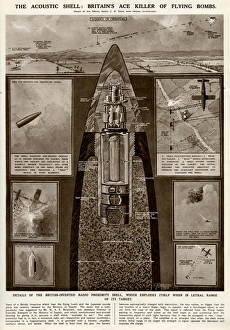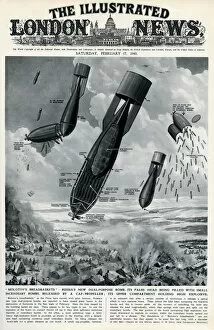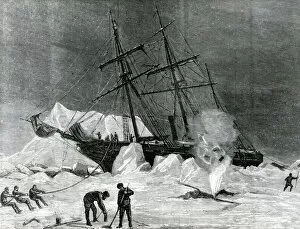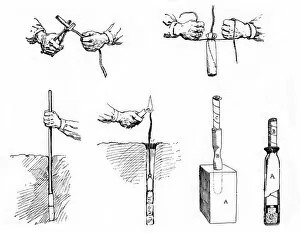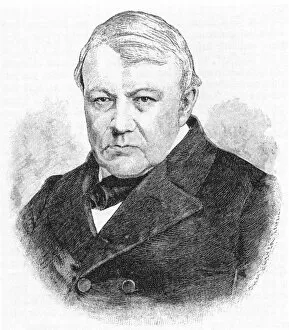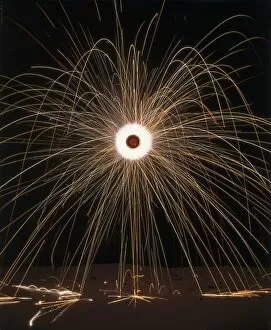Explosives Collection (page 6)
"Explosives: Unleashing Power and Defying Conventions" During the First World War, women shattered societal norms as they fearlessly entered the workforce
All Professionally Made to Order for Quick Shipping
"Explosives: Unleashing Power and Defying Conventions" During the First World War, women shattered societal norms as they fearlessly entered the workforce, including in explosive factories. Their dedication fueled the war effort. A firework rocket on a stick illuminates the night sky, captivating spectators with its vibrant colors and thunderous booms. A symbol of celebration and excitement, it reminds us of our fascination with controlled explosions. In a cartoon by Jeremiah O'Donovan Rossa, an Irish Fenian revolutionary, explosives become a metaphor for resistance against oppression. The power to ignite change lies within these volatile substances. A German stormtroop officer during WWI demonstrates cluster grenades' devastating potential against tanks—a stark reminder of how technology transformed warfare forever. The French Resistance in WWII exemplified courage amidst danger. These brave individuals clandestinely used explosives to disrupt enemy operations and protect their homeland. G. H. Davis's depiction of Britain's frogmen divers showcases their expertise in underwater demolitions—an integral part of neutralizing threats lurking beneath the surface. Members of the bomb disposal squad meticulously measure the length of a time-delayed bomb—every second counts when defusing these deadly devices that threaten innocent lives. Willingham House stands as a testament to history—a former ammunition depot turned into a memorial site honoring those who handled explosives during times of conflict. WWI witnessed unimaginable destruction on an unprecedented scale—the harnessing of atom depicted by G. H. Davis highlights humanity's relentless pursuit for even more powerful explosives. Various types of grenades were deployed during WWI—each designed for specific purposes but sharing one common trait: unleashing devastation upon impact with unwavering force. Fort de la Bonnelle in Saint-Geosmes, Haute-Marne, France serves as a haunting reminder that once this fortress guarded secrets behind its walls—explosives poised to defend or destroy at command. From women working tirelessly to the French Resistance's bravery, they have played a pivotal role in shaping history.


